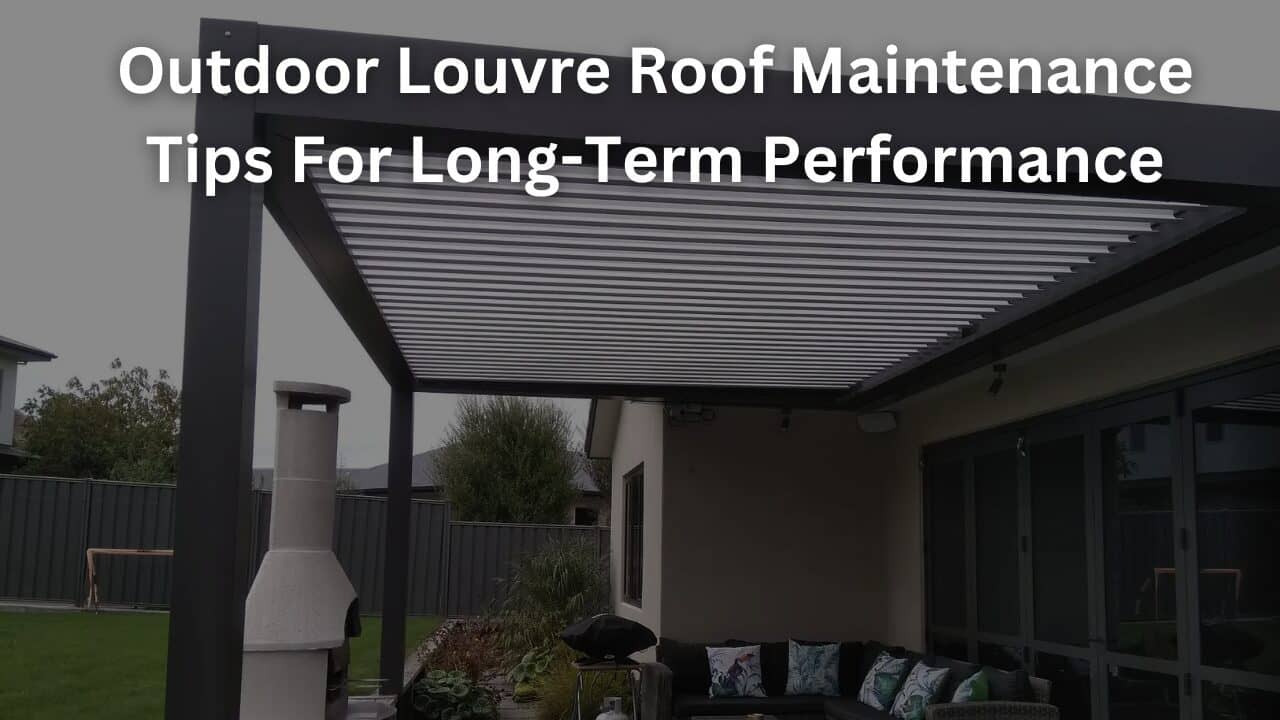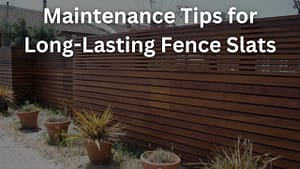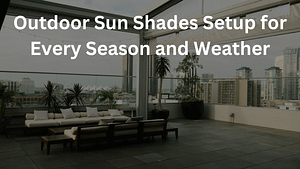Outdoor louvre roofs are fantastic investments for enhancing the functionality and aesthetic appeal of your outdoor spaces. Whether you have a residential patio, restaurant terrace, or commercial courtyard, these versatile structures offer shade, ventilation, and architectural flair. However, to ensure your outdoor louvre roof remains in top condition and continues to provide years of enjoyment, regular maintenance is essential. In this article, we’ll explore some key maintenance tips to help you keep your outdoor louvre roof in excellent shape.
Understand Your Louvre Roof System
Before diving into maintenance procedures, it’s crucial to understand the components and operation of your outdoor louvre roof. Typically, these systems consist of adjustable louvres that can be angled to control sunlight and airflow. Some models may also feature integrated rain sensors, lighting, or motorized controls. Familiarize yourself with how your specific system functions to effectively maintain it.
Clean Regularly
Regular cleaning is fundamental to preserving the appearance and functionality of your outdoor louvre roof. Depending on your location and environmental factors, debris such as leaves, dust, pollen, and bird droppings can accumulate on the louvres and frame. Use a soft brush, mild detergent, and water to gently scrub away dirt and grime. Avoid abrasive cleaners or high-pressure washing, as these can damage the surface finish.
Inspect for Damage
Periodically inspect your louvre roof for any signs of damage or wear. Check for loose screws, damaged louvres, rust spots, or malfunctioning components. Addressing small issues promptly can prevent them from escalating into larger problems that require costly repairs. If you notice any significant damage or mechanical issues beyond your expertise, contact a professional installer or technician for assistance.
Lubricate Moving Parts
To ensure smooth operation and prevent premature wear, lubricate the moving parts of your louvre roof system regularly. Apply a silicone-based lubricant to hinges, tracks, and other mechanical components as recommended by the manufacturer. This simple maintenance task can prolong the lifespan of your louvre roof and reduce the risk of corrosion or friction-related issues.
Check Seals and Gaskets
Proper sealing is essential to prevent water leakage and maintain the weather resistance of your outdoor louvre roof. Inspect the seals, gaskets, and weather-stripping around the perimeter of the structure for any signs of deterioration or gaps. Replace any damaged or worn seals to ensure a tight seal against rain, wind, and drafts.
Trim Surrounding Vegetation
Overhanging branches or foliage near your outdoor louvre roof can pose a risk of damage or obstruction. Trim back trees, bushes, or vines to prevent leaves, twigs, or sap from accumulating on the roof surface. Additionally, ensure there is adequate clearance for the louvres to open and close freely without obstruction.
Schedule Professional Maintenance
While many maintenance tasks can be performed by homeowners or property managers, scheduling periodic professional maintenance is advisable. An experienced technician can conduct a comprehensive inspection, perform adjustments, and identify any potential issues that may require attention. Consider scheduling an annual or biannual service visit to keep your louvre roof in optimal condition.
Conclusion
A well-maintained outdoor louvre roof can enhance the enjoyment and usability of your outdoor living spaces while protecting your investment for years to come. By following these maintenance tips and staying proactive, you can ensure that your louvre roof remains in top condition, providing shade, comfort, and style for all your outdoor activities. Remember to refer to the manufacturer’s guidelines and consult professionals when needed to address any maintenance or repair needs effectively.




